Thursday
April 8th, 2021
⬅ Click here to return to the Spring Camp portal
| Day | Schedule |
|---|---|
| Thursday 4/8/2021 |
Growing up wild Meet Luna, the Virginia Opossum Assemble a mama opossum and her babies Click on follow-up DIY activities below: Print Thursday's activities |
Baby Animal Memory Game
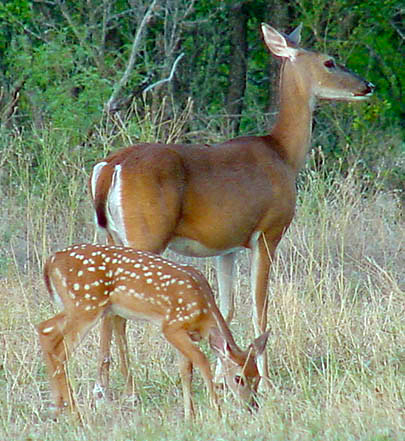
Some baby animals look just like smaller versions of the adult animals, but other babies may look completely different. Watch the video to see how many baby striped skunks came to WildCare's Wildlife Hospital in one day.
Then learn some fun facts about wildlife and their babies below, and play a game of Memory and Matching!
Video clip is 1 minute long.
In the next video, the skunks are almost grown, but we need to make sure they have the skills they'll use to survive in the wild. Learning to pounce on insects is an important skill, so we gave our young skunks a cricket hunt!
Video clip is 1 minute long.
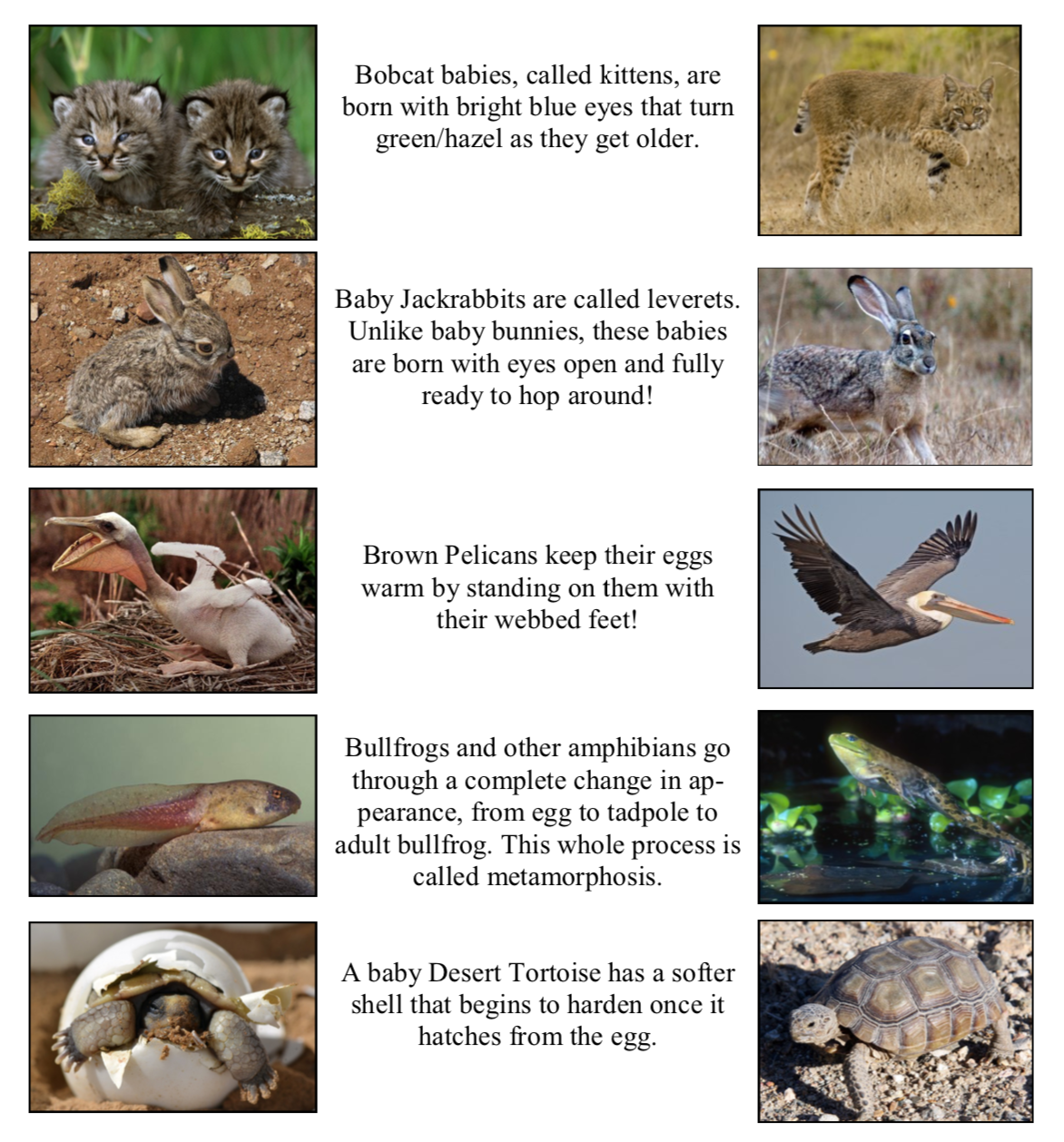
Now that you've learned some fun facts about wildlife and their babies, you can print and cut out the animal cards below to play a game of Memory and Matching!
Here's what you will need:
✅ Click here to open and print the animal cards,Cut out all 24 photos linked below. Cut along the lines so all squares are the same size.
Place all photos face down in no particular order.
The first person takes a turn picking 2 photos to flip over— if it is a matching baby/adult pair, that person gets to keep those cards, and try again! The turn is over when 2 photos are picked that do not match.
Whoever matches the most pairs wins!
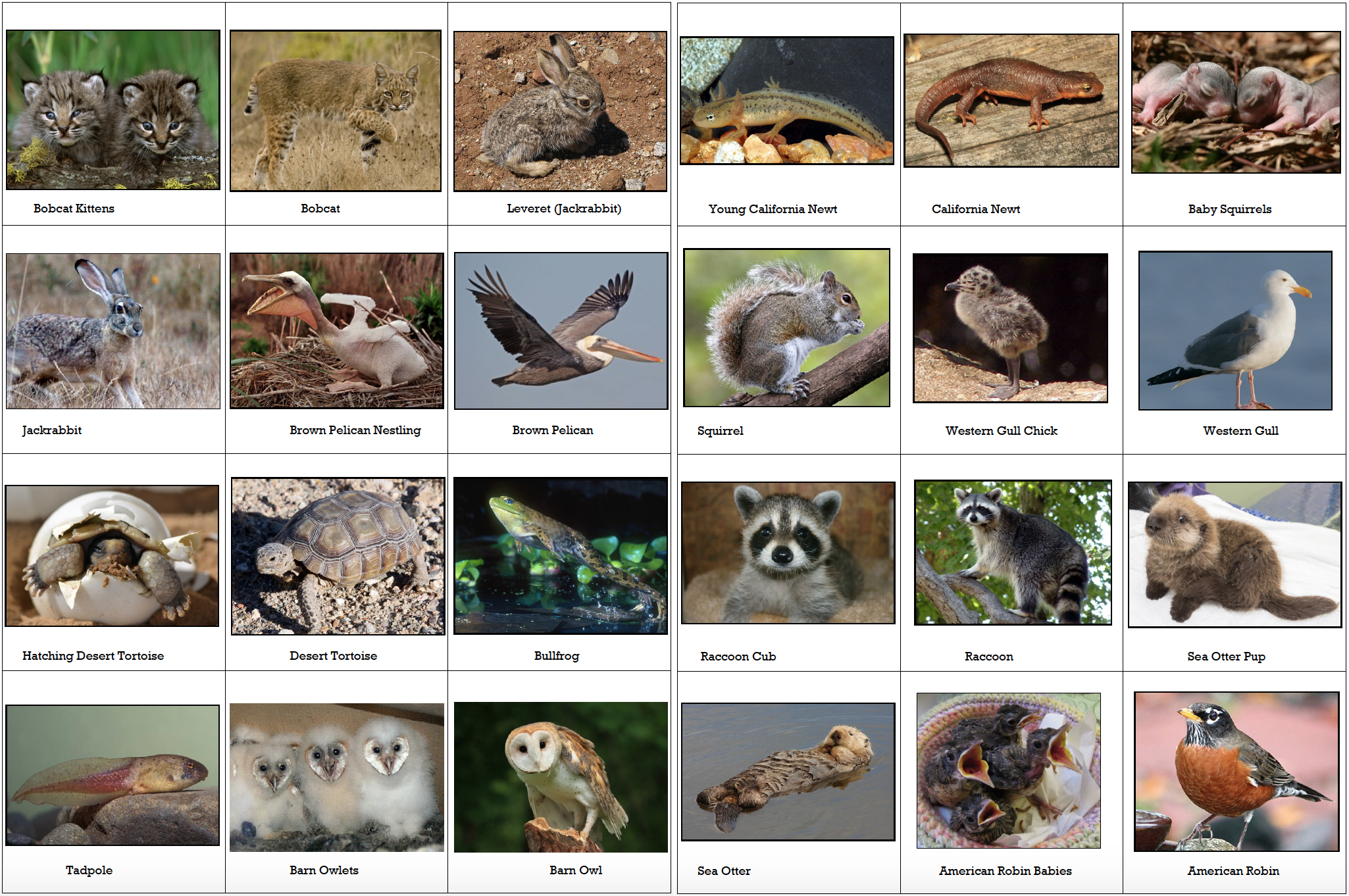 Click here to open and print the Baby Animal Memory Game Cards
Click here to open and print the Baby Animal Memory Game Cards
You can help wildlife by trying some of these ideas at home to make sure baby animals stay safe in your neighborhood!
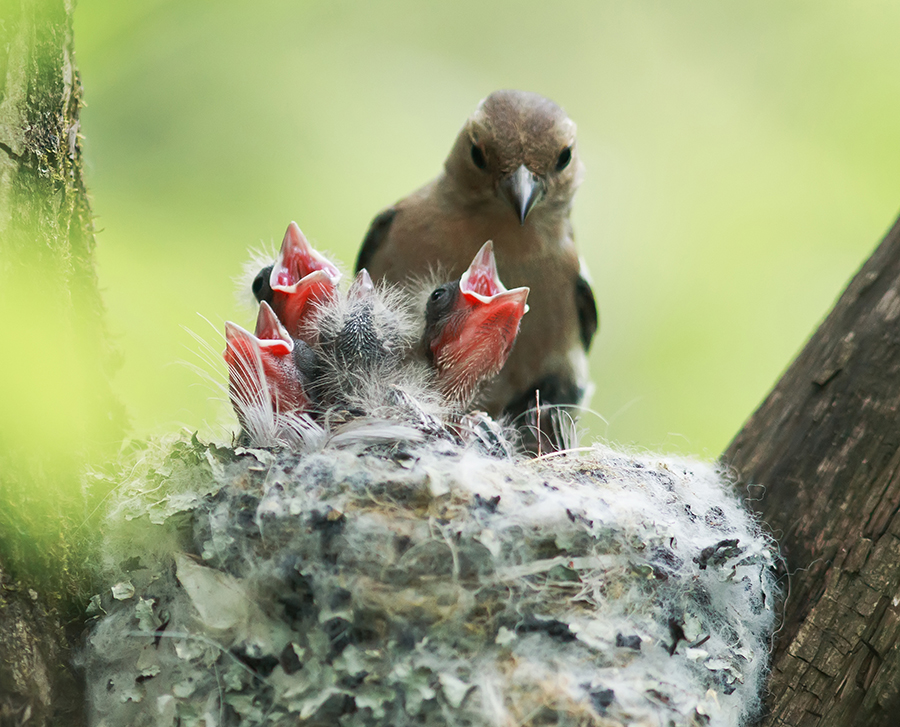
Keep your dog on a leash when you go on a walk so that he doesn't suddenly chase wildlife.
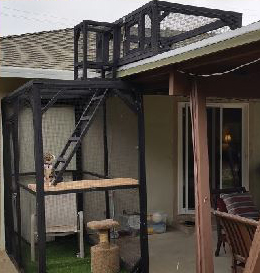
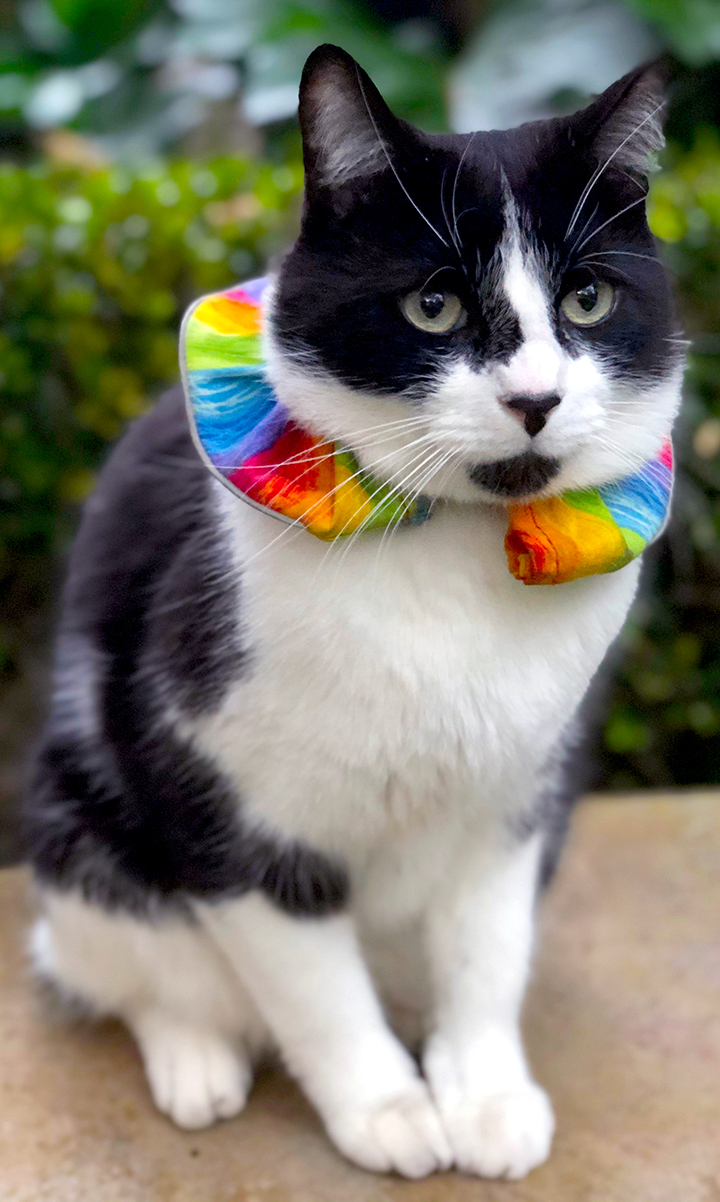
Keep your cats indoors if you can, or try some of WildCare's recommendations for making sure your outdoor cat doesn't kill backyard birds. Give your cat a special collar that makes her more visible to birds, or build her a safe "Catio" (cat-patio!).
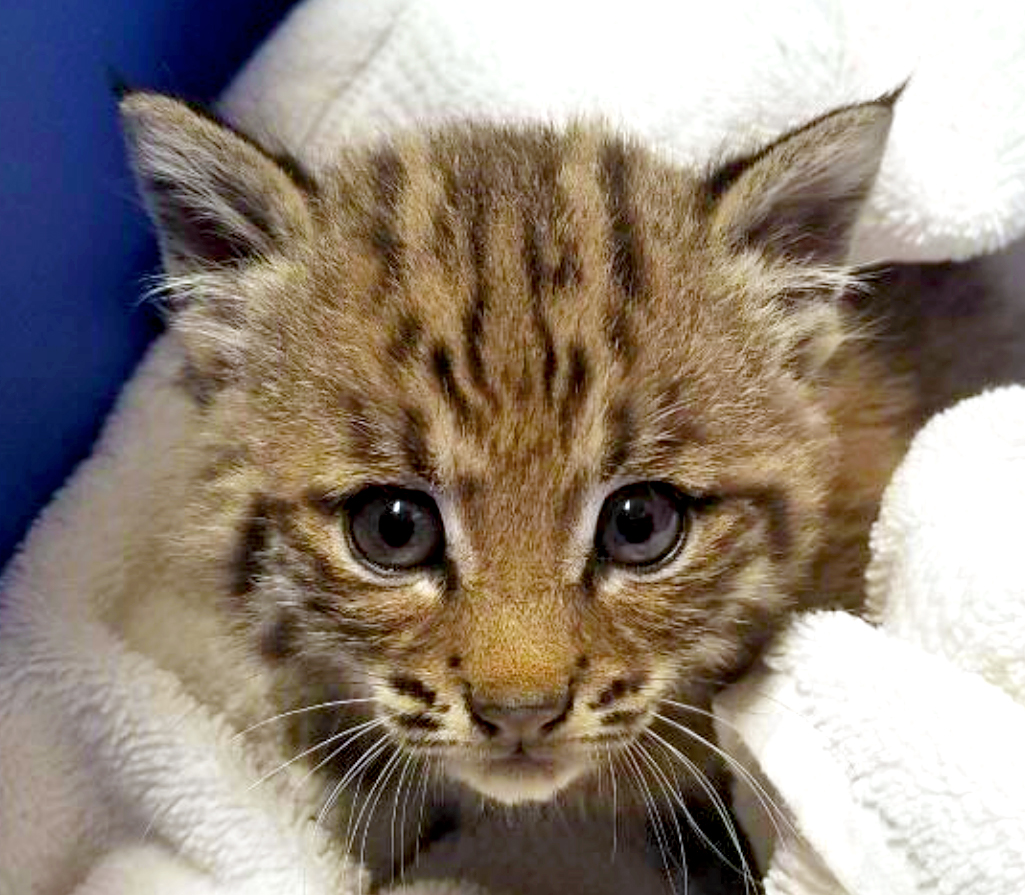
As cute as this bobcat kitten might look, wildlife should never be taken as pets. Let wildlife live wild and free in their habitat.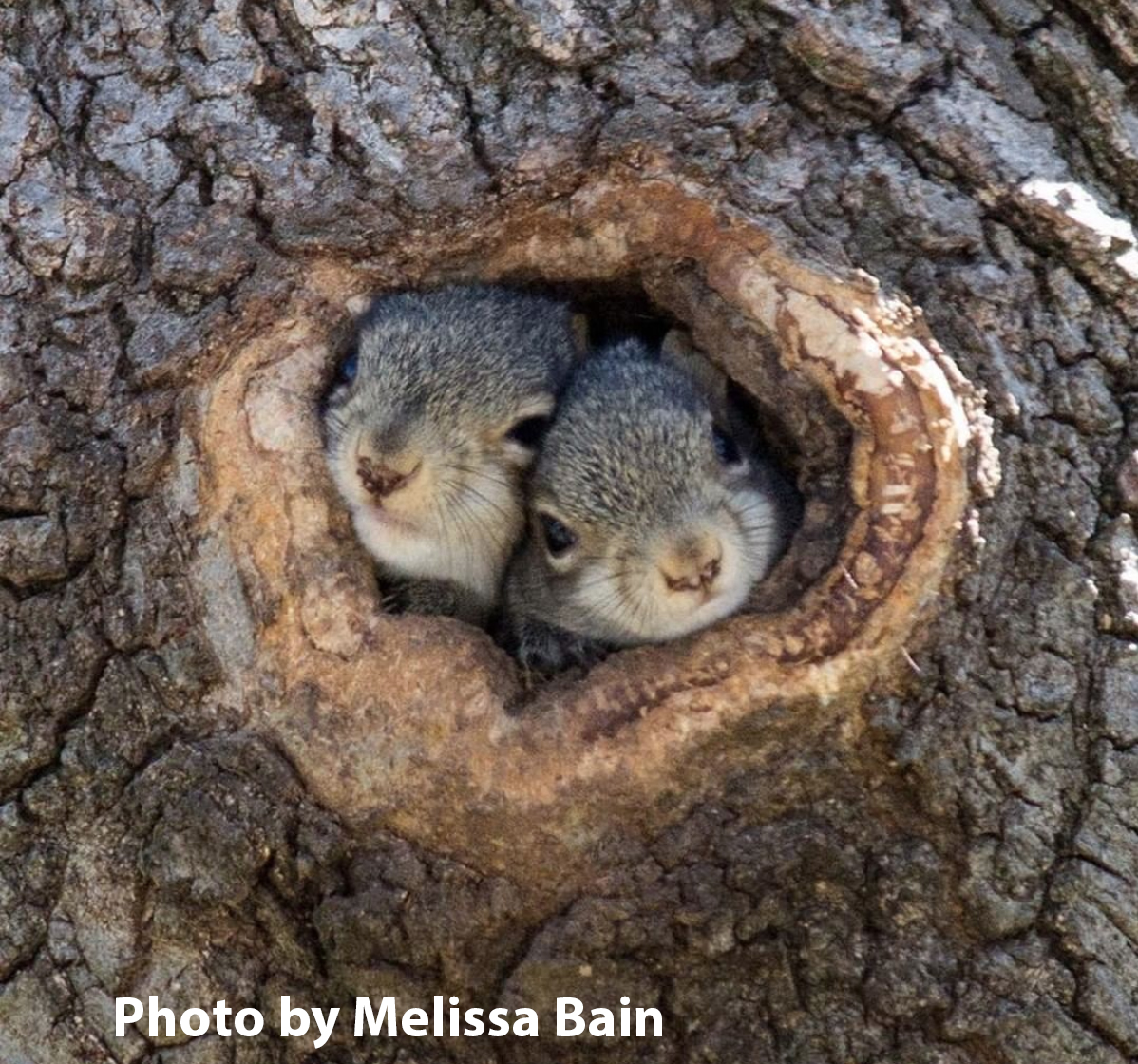
Remind your adults to NOT trim trees and bushes during the Spring and Summer, because that is nesting season for birds and squirrels.
Call WildCare if you see a baby 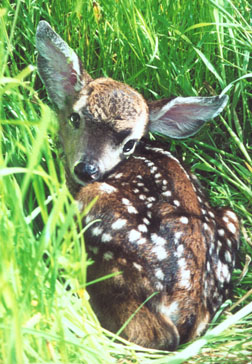 animal without its parent. We can help you figure out if it is perfectly fine or if it actually needs our help. Animals like deer and jackrabbits will leave their babies in one spot during the day while they go out and find food. Baby birds will spend some time on the ground before they can fly.
animal without its parent. We can help you figure out if it is perfectly fine or if it actually needs our help. Animals like deer and jackrabbits will leave their babies in one spot during the day while they go out and find food. Baby birds will spend some time on the ground before they can fly.
Scroll down for the next activity
⬇
2021 Animal Olympics!
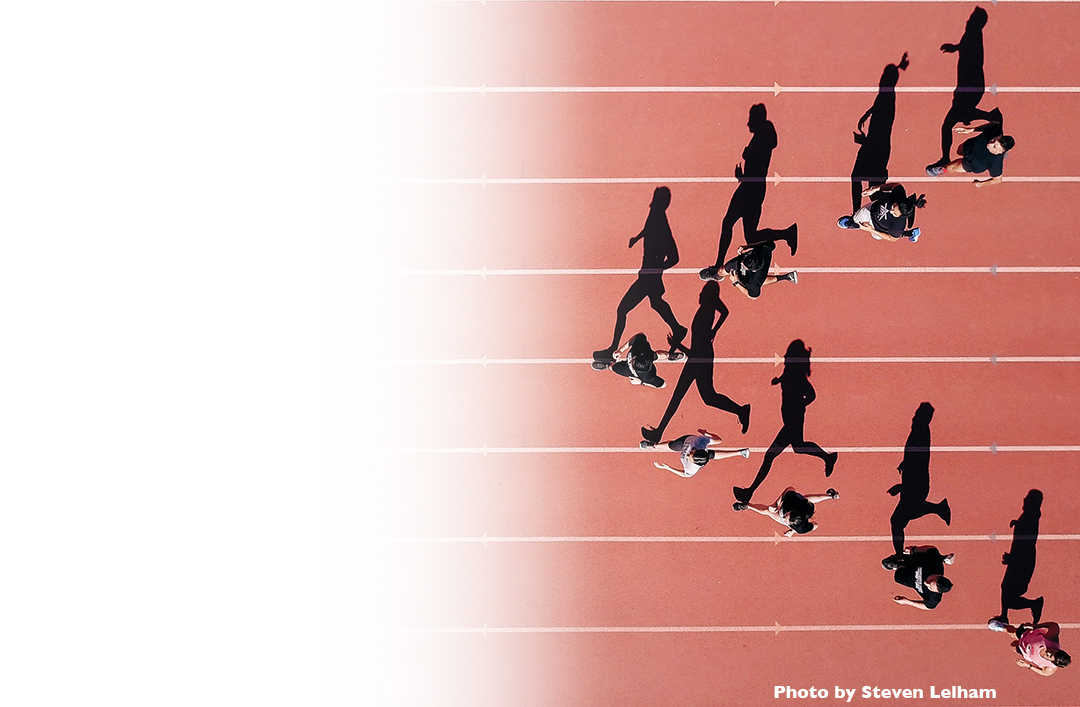

How to Play:
Animal actions:
Kangaroo Rat - The Kangaroo Rat is a small rodent that hops on their hind feet like a kangaroo. They live in burrows underground and come out at night to forage for seeds, leaves, berries, and insects. They are able to live in dry grasslands and deserts where there isn’t a lot of water to drink, because they get most of the water they need from their food. Despite being only about the size of your palm, they can jump a distance of about 9 feet!
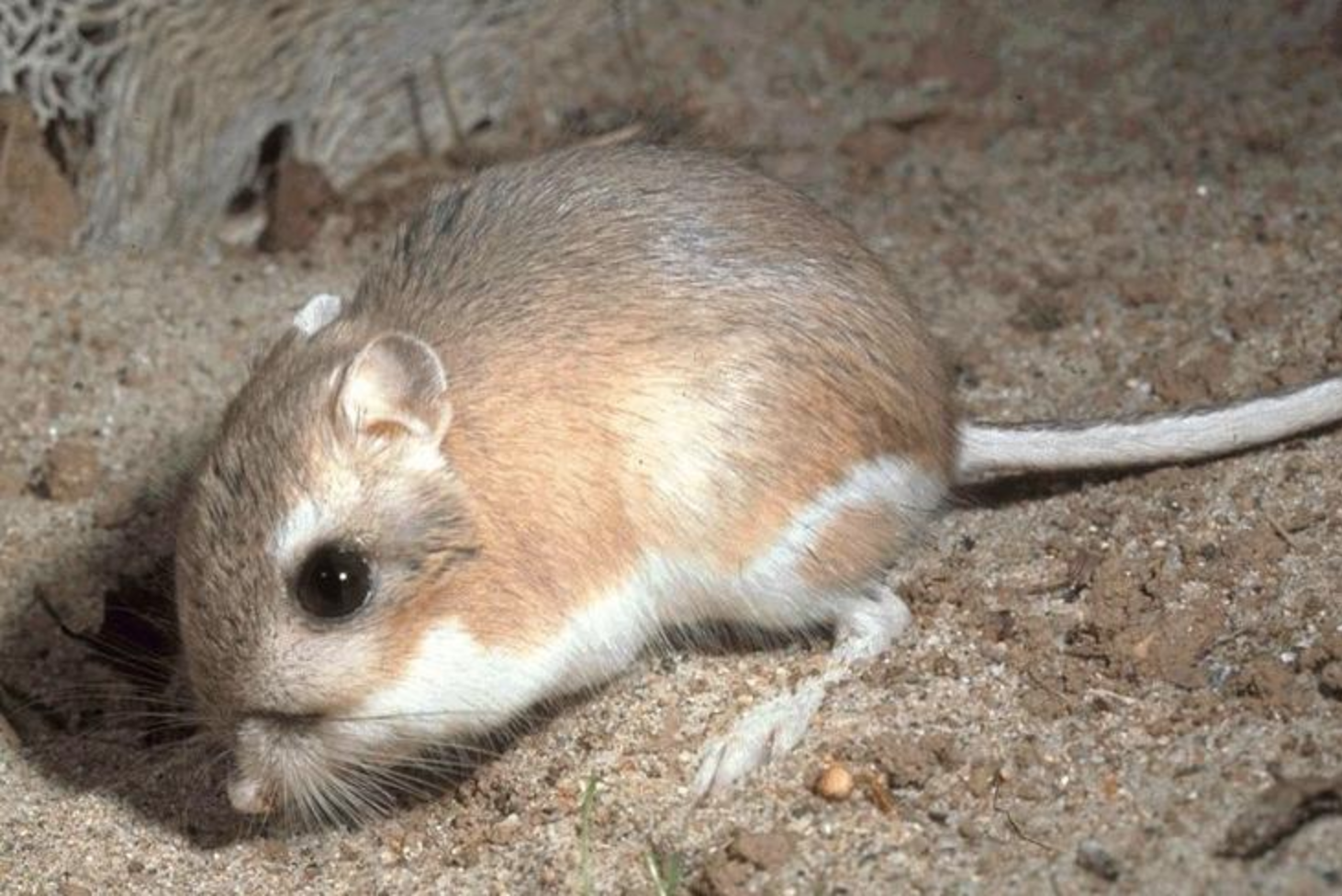 Kangaroo Rats’ bodies are specially adapted for hopping, so they are expert jumpers. Let’s practice our own Kangaroo Rat jumping skills by doing 10 jumping jacks! Phew, now take a break! Now, try to do 10 more jumping jacks, and take another break. How many Kangaroo Rat jumping jacks can you do today?
Kangaroo Rats’ bodies are specially adapted for hopping, so they are expert jumpers. Let’s practice our own Kangaroo Rat jumping skills by doing 10 jumping jacks! Phew, now take a break! Now, try to do 10 more jumping jacks, and take another break. How many Kangaroo Rat jumping jacks can you do today?
Lizard - Have you ever seen a lizard do push-ups?
Male Western Fence Lizards will show off their shiny blue bellies by doing a special movement that to us looks like they are doing push-ups! They push-up as a mating display to attract females, and also as a territorial display to ward off other males.
Suddenly you have transformed into a lizard, covered in patterned scales and a shiny blue belly! Stick your lizard tongue out, stretch each of your four lizard legs, and find a nice flat area to begin your push-up routine. Now, try to do 5 lizard push-ups! Phew, nice work! Now, try to do 5 more lizard push-ups, and take another break. How many lizard push-ups can you do today?
Arctic Tern - The Arctic Tern is a bird with the longest migration, traveling from the Arctic all the way to the Antarctic, and back again, each year. They migrate from one end of the planet to the other, 50,000 miles in total!
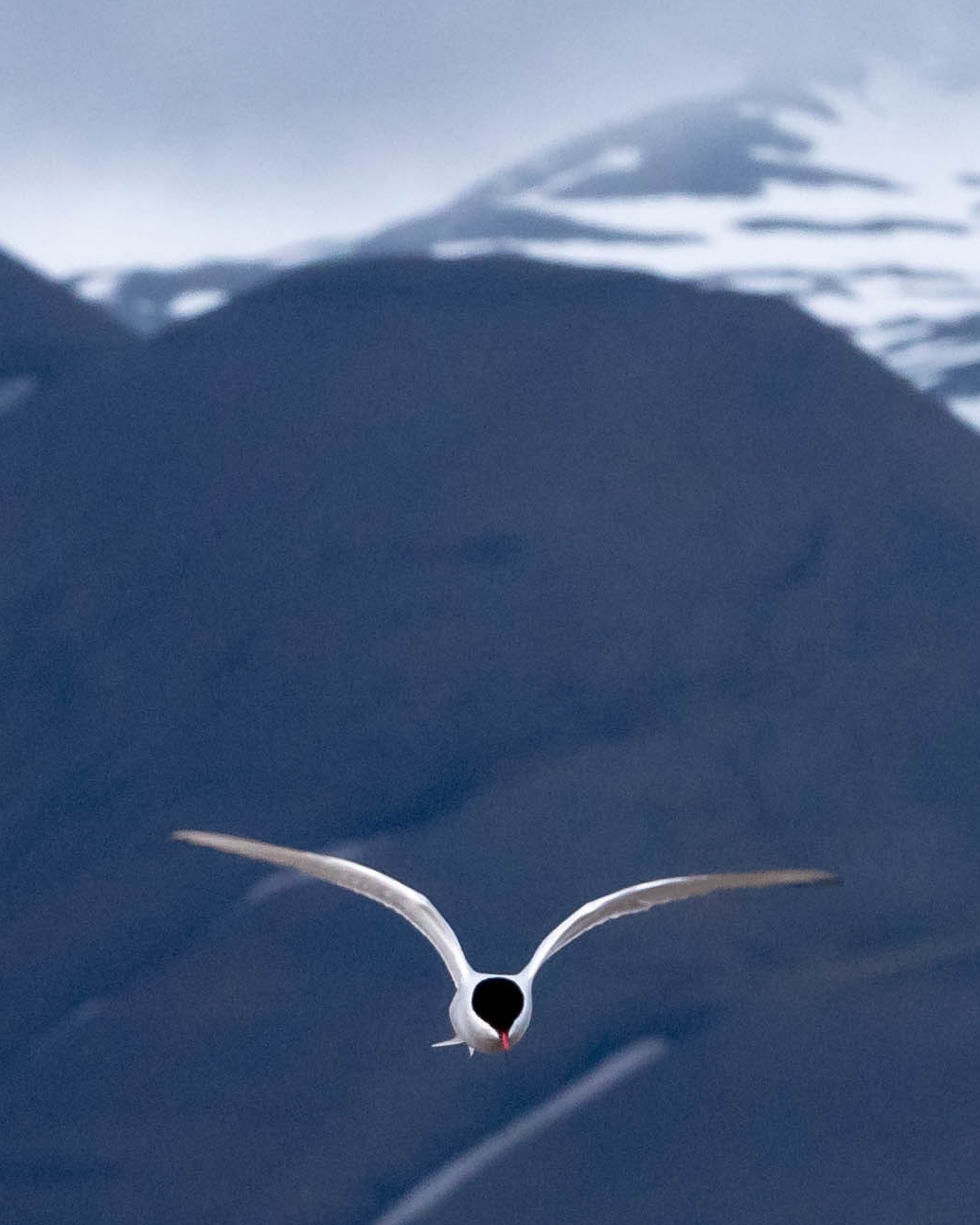
How far can you travel without a car, plane, boat, or rocket ship? Today, track how many steps you take, or how many blocks you walk, or how many miles you bike. Tomorrow, see if you can go farther! The next day, even farther! Can you travel 50,000 miles?
Common Swift - Scientists have tracked this small bird throughout their migration from their birth places in Scandinavia to eat flying insects in the sub-Saharan jungles of Africa. After attaching tiny "bird backpacks" with data trackers onto a group of Common Swifts, scientists learned that these birds can spend 10 months continuously flying! That means they eat, sleep, and live almost their entire life in the sky!
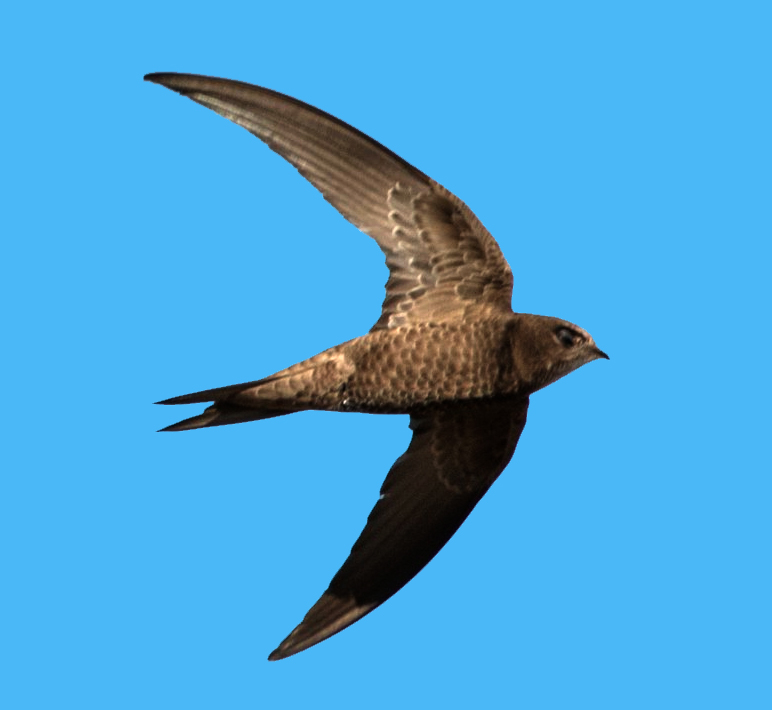
Hold out your arms out to the side as if they were your wings for one minute. Phew! Now try holding them out for 2 minutes. Is one arm easier to hold out than the other? Could you do this for 10 months?
Flamingo - Have you ever seen a bird standing on one leg, with the other leg tucked in against their body feathers? Scientists think one reason flamingos do this might be to stay warm. Flamingos can stay balanced on one leg for hours at a time, and can even sleep in that position!
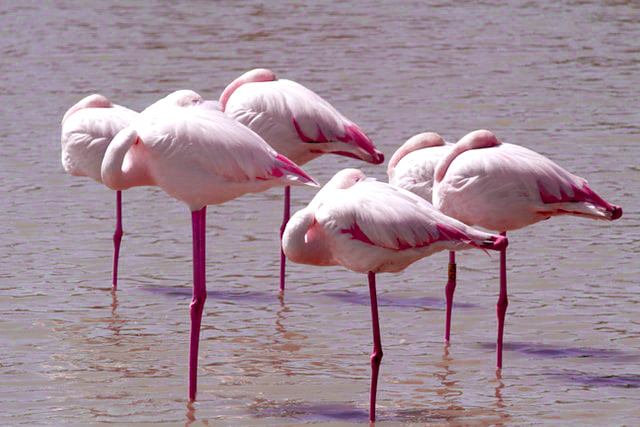
Stand on one leg for as long as possible. Then, stand on your other leg for as long as possible. Is one leg easier to balance on than the other? See how long you can balance in that position!
Snake - Have you ever looked into the eyes of a snake? You may have noticed that they don't have any eyelids, which means they cannot blink and they sleep with their eyes open!
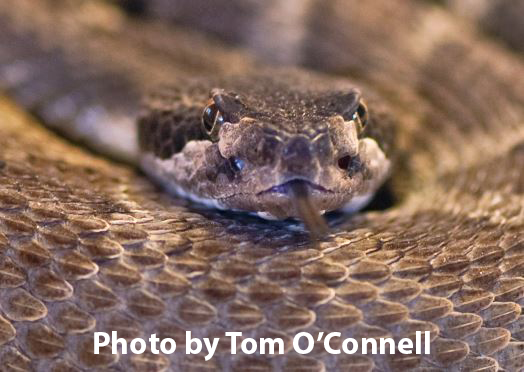 This Olympic staring contest requires 2 players. On the count of three, both players make direct eye contact, and do not look away! Try to keep your eyes open as long as you can. When one player blinks, start a new round. See how long you can make it without blinking!
This Olympic staring contest requires 2 players. On the count of three, both players make direct eye contact, and do not look away! Try to keep your eyes open as long as you can. When one player blinks, start a new round. See how long you can make it without blinking!
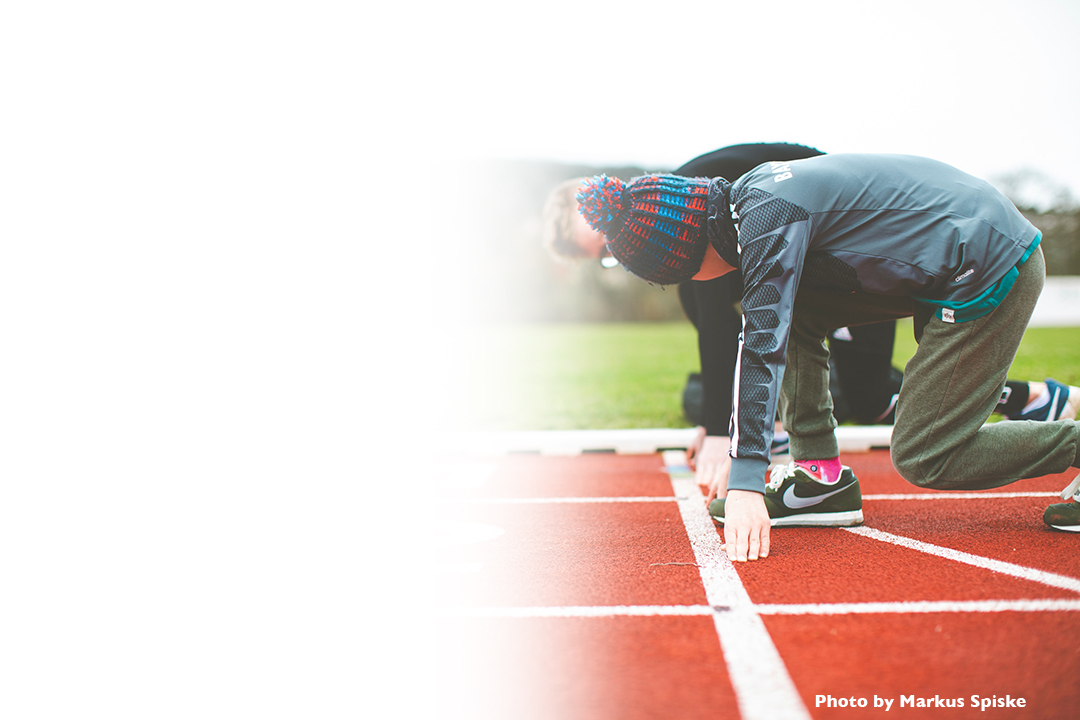
BONUS CHALLENGE:
Run Like A Cheetah - How fast can you run?
Dance Like A Bee - How long can you dance? (Bees communicate by moving in a special pattern that looks like dancing!)
Slide Like A Slug - How slow can you move? While continuously moving forward, what's the longest amount of time you can take to move from one end of the room to the other?
Scroll down for the next activity
⬇

WildCare Videos: Luna the Virginia Opossum
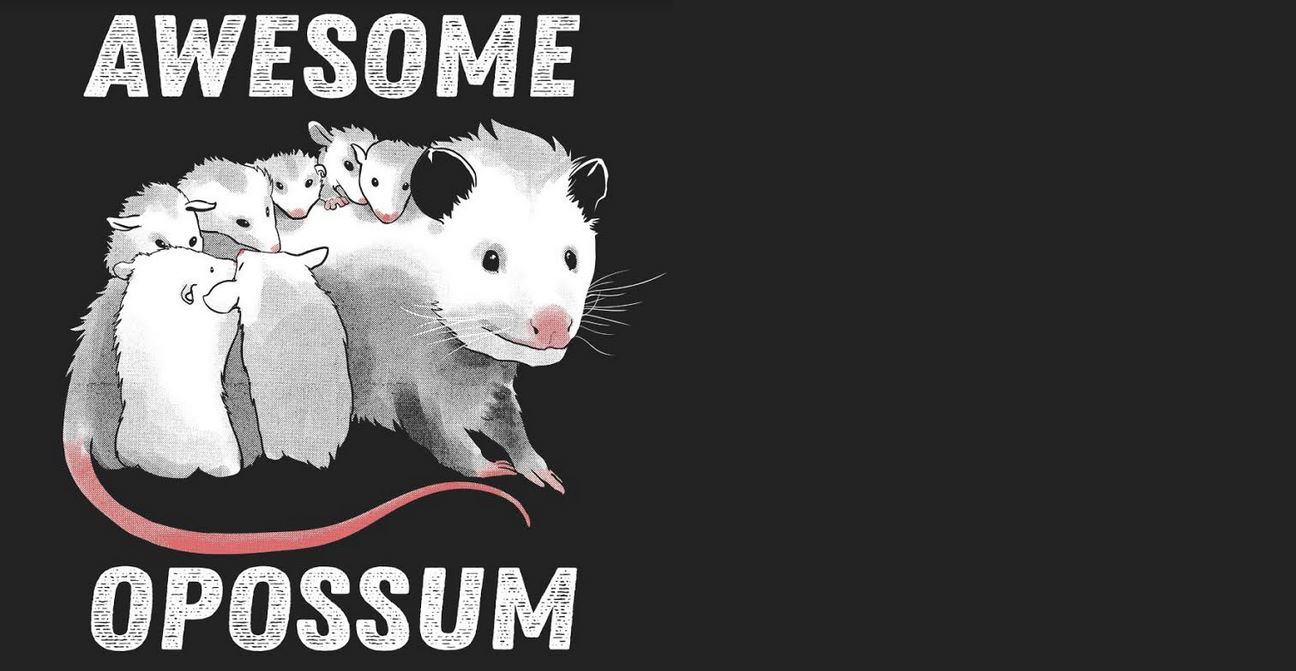
Let's take a close look at an unsung hero, Virginia Opossums!
Luna is our non-releasable Wildlife Ambassador Virginia Opossum.
She came to WildCare when she was about 4 to 6 months old and has grown a lot bigger since then.
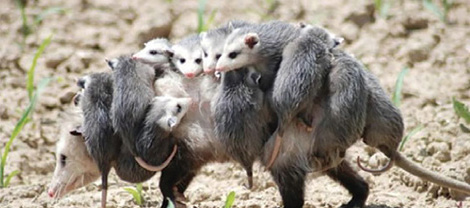 Opossums are marsupials (like kangaroos, koalas, and wombats) which means the mother keeps her newborn babies in her pouch where they grow and drink milk. Once the babies grow big enough, they crawl out of the pouch and ride around on their mother's back until they can take care of themselves.
Opossums are marsupials (like kangaroos, koalas, and wombats) which means the mother keeps her newborn babies in her pouch where they grow and drink milk. Once the babies grow big enough, they crawl out of the pouch and ride around on their mother's back until they can take care of themselves.
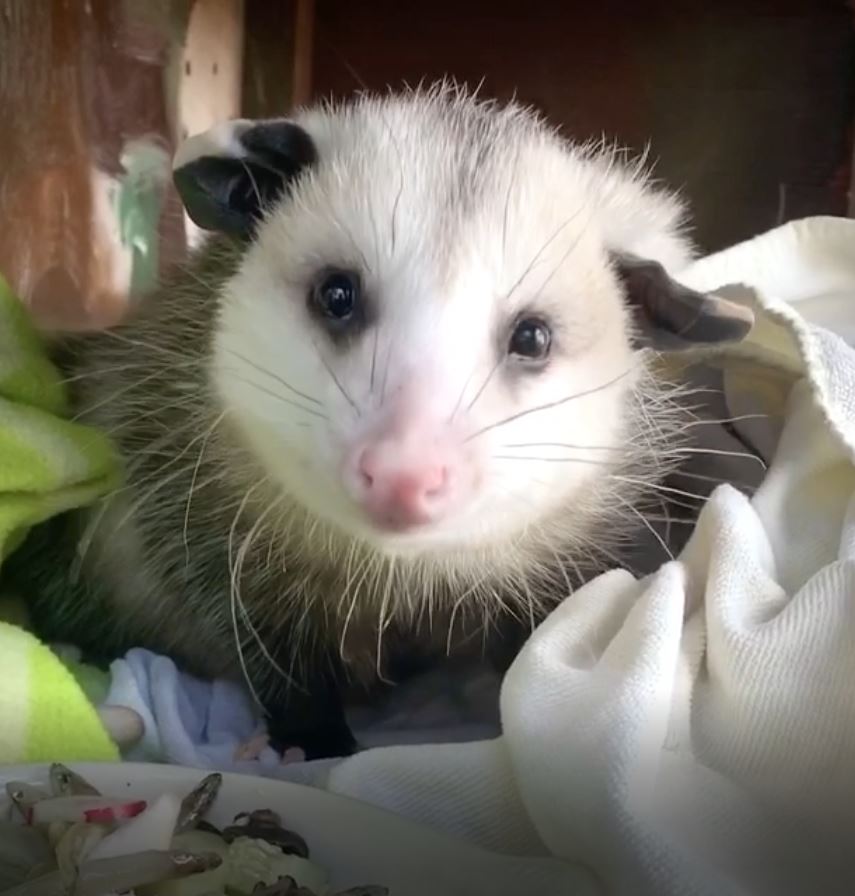
Opossums are shy, gentle animals. Like raccoons, skunks, and other nocturnal omnivores, opossums don't always get the recognition they deserve for being incredibly weird and wonderful.
Watch Luna enjoy her lunch, and learn why these marsupials are so important to keeping our yards and neighborhoods neat and tidy.
Video clip is 6 minutes long.
Did you catch the part where Melissa said Luna has 23 whiskers to find her way in the dark? Although opossums' eyesight isn't that great, they make up for it by having a good memory and a very strong sense of smell to sniff out their food. They are omnivores which means they eat insects, snails, frogs, rodents, snakes, vegetables, fruits, and just about anything they can munch on with their 50 teeth!
 Opossums have opposable thumbs (like us!) on their back paws, which help them grip and climb. They use their tail for gripping and balancing, and carrying leaves and twigs back to their dens, but they don't use it to hang upside down like in cartoons.
Opossums have opposable thumbs (like us!) on their back paws, which help them grip and climb. They use their tail for gripping and balancing, and carrying leaves and twigs back to their dens, but they don't use it to hang upside down like in cartoons.
Opossums have a pretty weird adaptation to defend themselves from predators like Great Horned Owls and anything that acts like it might try to eat them. When threatened, the opossum will faint and pretend to be dead, and release a super stinky foul-smelling odor! Anywhere from 10 minutes to hours later when the threat is gone, the opossum will get up and go on its way. Talk about commitment to the role of playing dead!
Opossums are also mostly 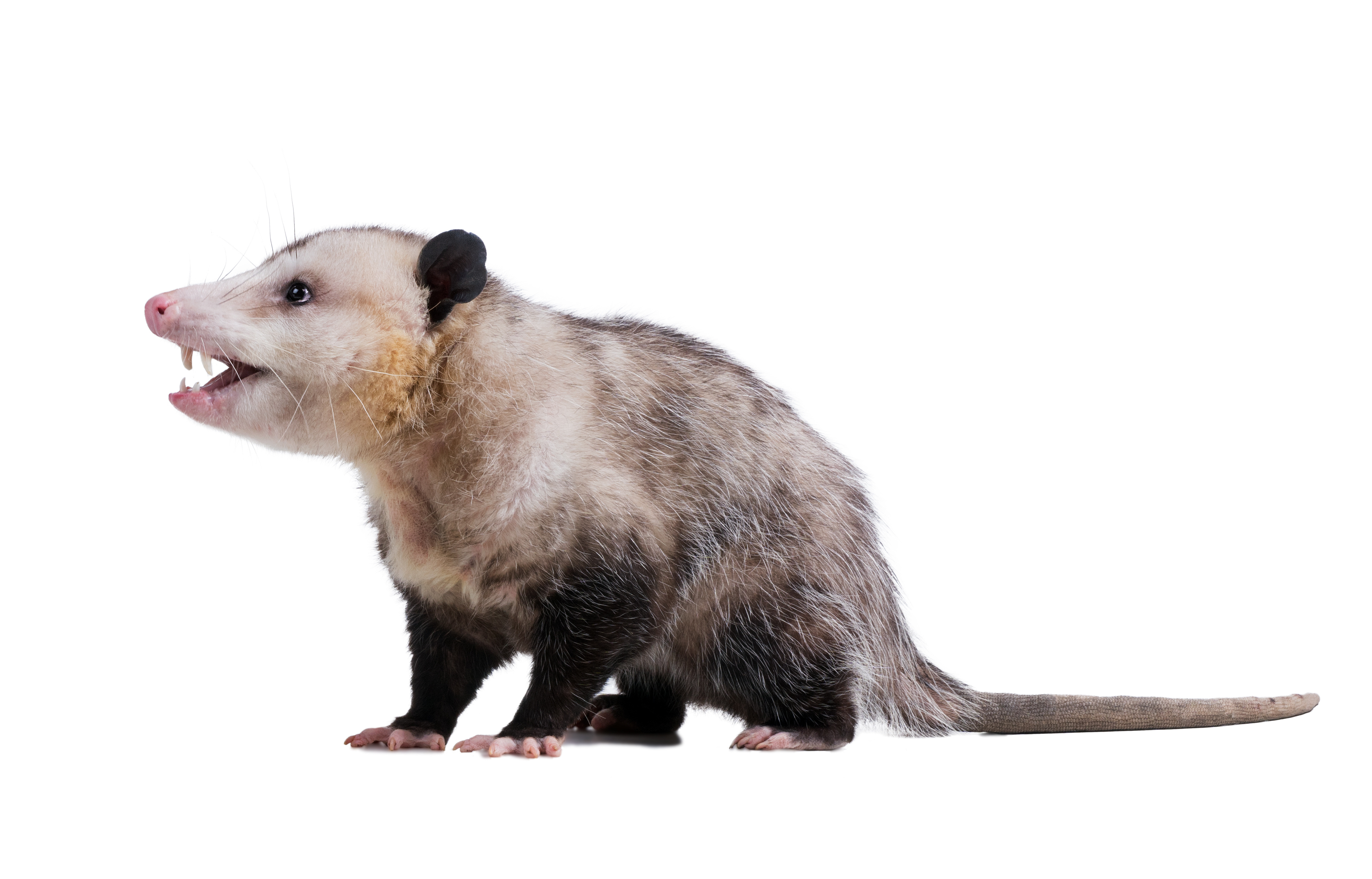 immune to rabies because their 94°F body temperature is too low to incubate the virus. They are also immune to rattlesnake venom, so they can eat them with no problem!
immune to rabies because their 94°F body temperature is too low to incubate the virus. They are also immune to rattlesnake venom, so they can eat them with no problem!
Next time someone says, "opossums are ugly," take the opportunity to share with them some of these fascinating facts that make opossums weird AND wonderful!
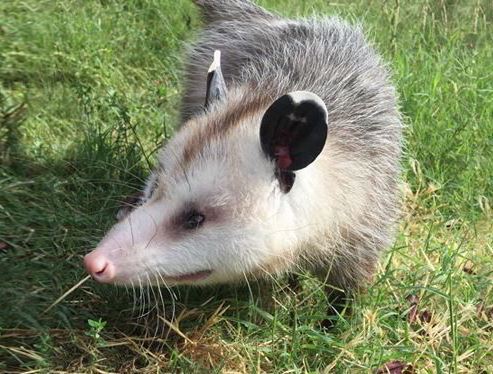
Opossums are important animals in our neighborhoods because they eat many small critters that we call pests! They feast on snails, slugs, and ticks all night long! But because they are omnivores, they will also eat from our trash if they sniff it out, which can put them in danger.
Like all wildlife, if they get used to eating food we leave out, they end up spending more time around people. More time around people means more time around roads and cars, and unfortunately leads to wildlife getting hit by cars and killed. Additionally, young opossums are at high risk of being caught by dogs off leash and cats in our backyards.
Rescue opossum babies!
Often, when a mother opossum is killed by a car or a dog, her joeys (baby opossums) are still alive and safe inside her pouch. If you see an opossum dead on the side of the road, and it’s safe to do so, ask an adult to check the pouch for living joeys, or call your local Humane Society. In Marin county: If babies are present, bring them, still in the mother’s pouch, to WildCare right away. You can also call our “Living with Wildlife Hotline” at 415-456-7283 for advice.
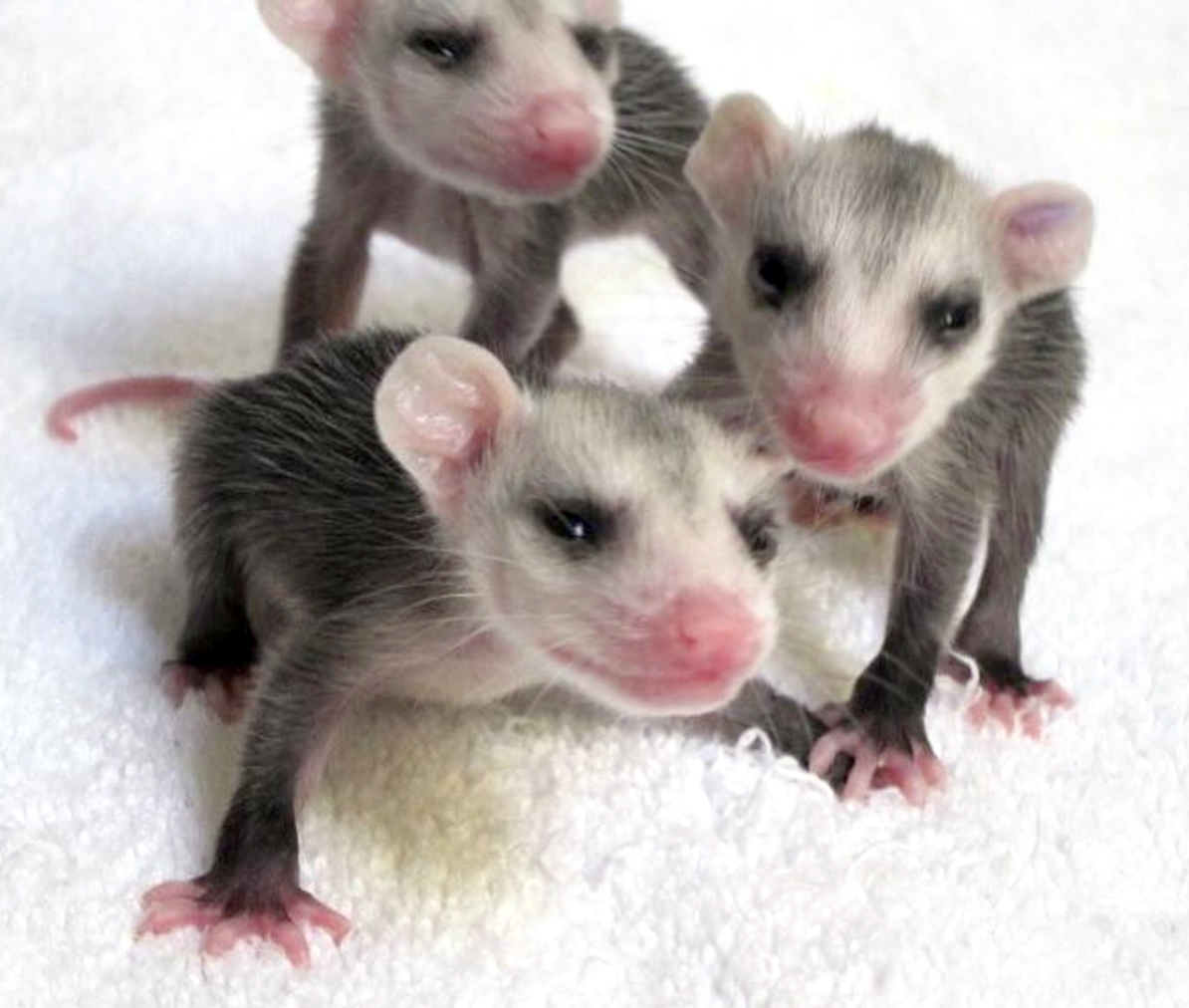 Watch these orphaned wild baby opossums get a health evaluation in WildCare's Wildlife Hospital. The mother was brought to WildCare after being attacked by a dog. She had numerous puncture wounds and our veterinarian performed emergency surgery on her.
Watch these orphaned wild baby opossums get a health evaluation in WildCare's Wildlife Hospital. The mother was brought to WildCare after being attacked by a dog. She had numerous puncture wounds and our veterinarian performed emergency surgery on her.
It turns out she was carrying babies in her marsupium (her pouch), so while she has been recovering in the hospital her babies have been growing up big and healthy! This family will grow up at WildCare until the babies are old enough to be released.
Video clip is 5 minutes long.
Video clip is 5 minutes long.
Scroll down for the next activity
⬇
Animal Jokes and Puzzles
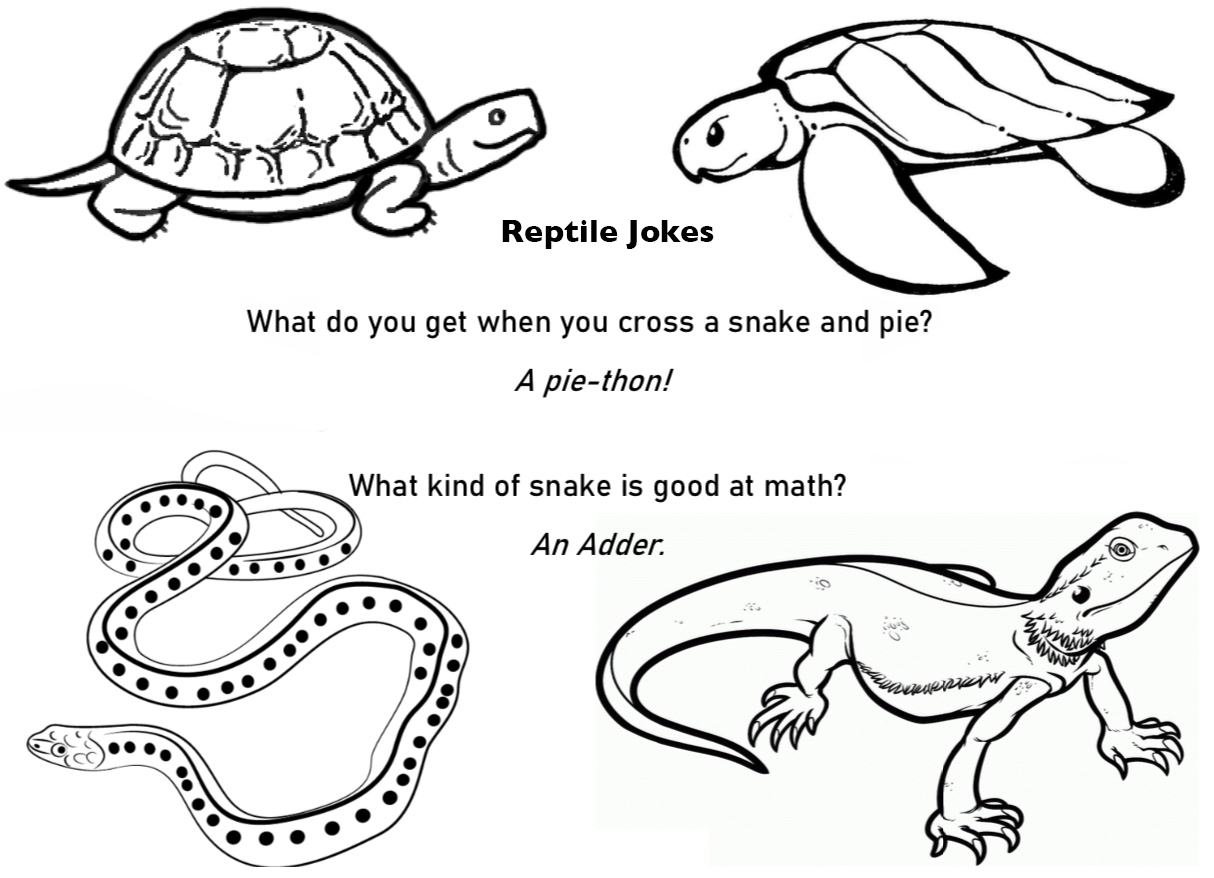
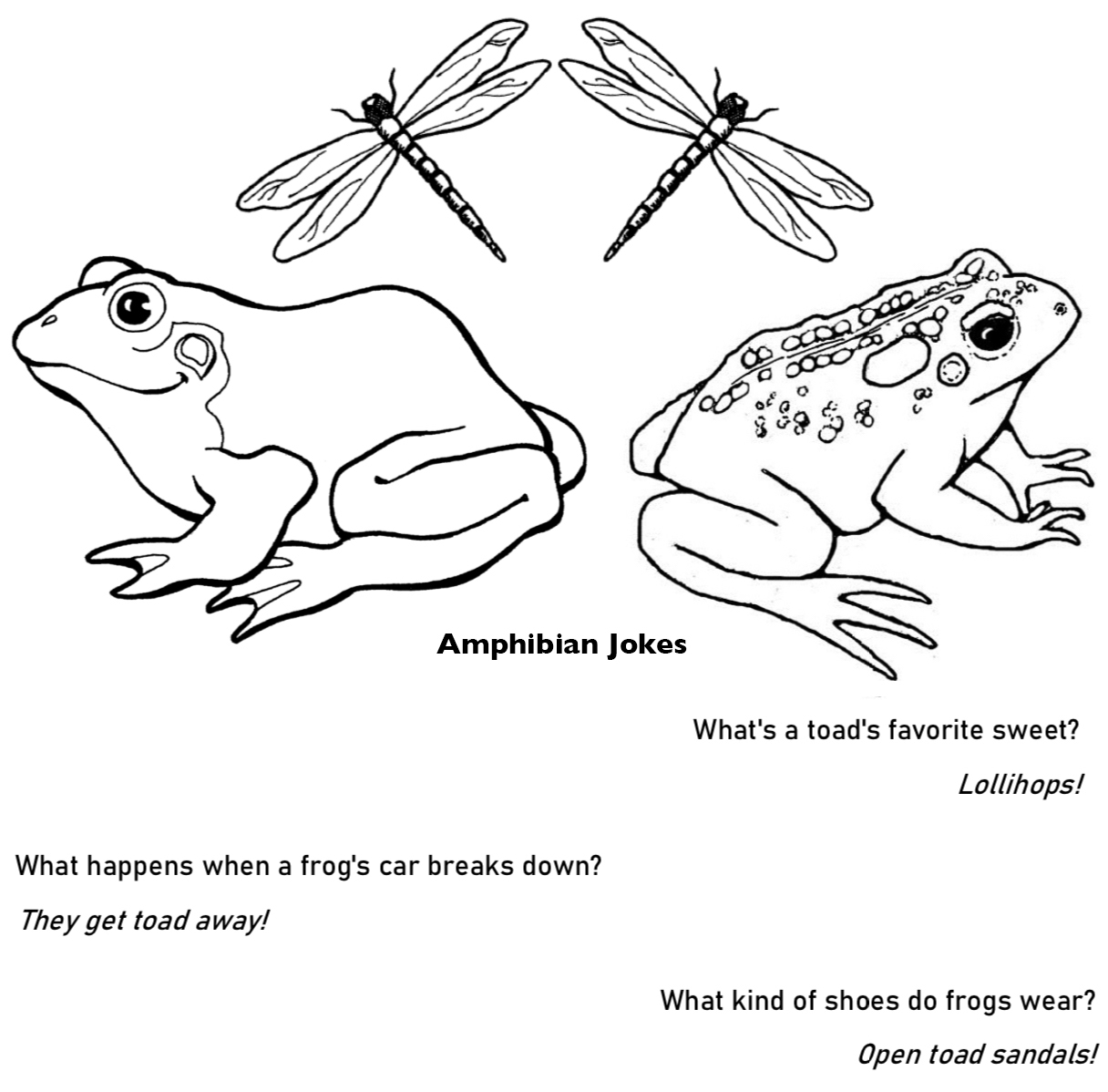
Scrambled Reptile Words
Unscramble these words to see what they are about!
Many reptiles lay their eggs in... NSDA
Sea turtles love to eat... SYIHJLLEF
King snakes are... SROCITTRNOSC
Fence lizards appear to do... PHSU-SPU
Scrambled Amphibian Words
Unscramble these words to see what they are about!
Newly hatched baby toads are called... SPOTELDA
Tadpoles eat a lot of... LAGEA
Newts are a type of... DESLARANMA
Salamanders love to eat... CESNIST
That's all of the activities for today! We hope you enjoyed them!
⬅ Click here to return to the Spring Camp portal
Find answers to your questions about Spring Camp below, or send us an email
Click on the Zoom link sent to your email with your registration confirmation. You will be prompted to either download the Zoom app and join from there, or you can choose to join from your web browser without creating an account. The password is embedded in the link; do not share the link with anyone outside of camp!
Yes! Campers will have plenty of time to ask questions, share stories, and interact with other campers and our wildlife educators over Zoom. Sometimes campers will be automatically muted while our wildlife educators are presenting.
Yes! Campers will get to ask questions and interact with our wildlife educators as they introduce a different non-releasable Wildlife Ambassador animal each day of camp.
Pick up a complimentary packet of printed materials from WildCare before the week of camp, or download and print the craft activity for each day. Please have your camper join the Zoom meeting ready with the printed activity for the day, scissors, and coloring supplies.
Please pick up ahead of time 7 days a week 9am-5pm from March 15th to April 2nd. Come to our front gate and push the Ring button to be assisted. Let the staff member who greets you know that you are here to pick up your Spring Camp packet, and they will bring it to you.
WildCare's address is:
76 Albert Park Lane,
San Rafael, CA 94901.